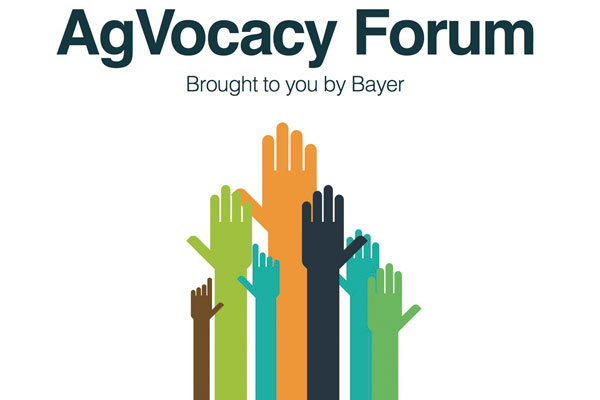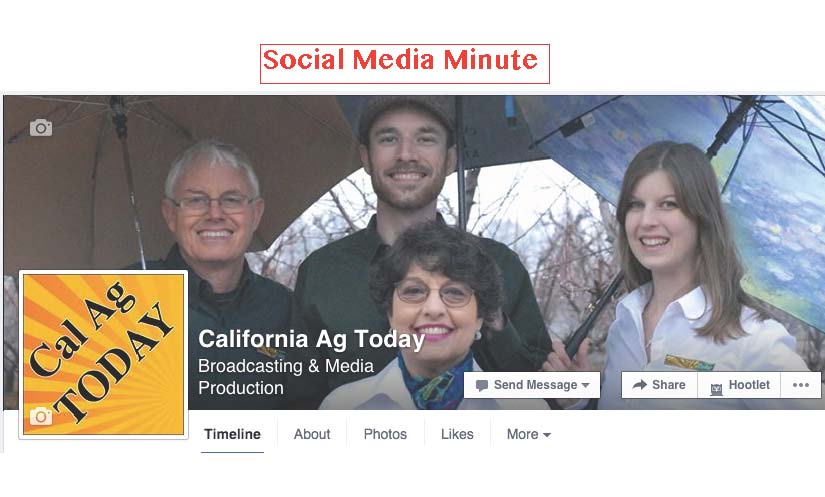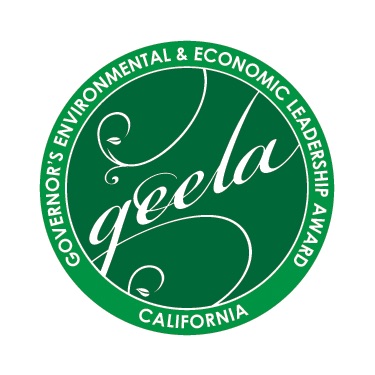Unique Wines Earn Packaging Design Awards
California Wines Win Packaging Design Awards for Innovation
By Laurie Greene, Editor
Some interesting smaller California wineries won special awards during the third annual Wines & Vines Packaging Conference last month in Yountville, California, but not for the quality of their wine. It was all about what contained the wine—the packaging.
Jim Gordon, editor of Wines & Vines magazine that sponsored the awards, said, “One of the most interesting developments these days is the proliferation of different wine packaging types and designs. We decided to get a handle on that by starting the Wines & Vines Packaging Design Awards a couple of years ago.”
Out of 135 vintner and supplier entries from North American wineries, five wine packaging designs convinced a panel of five experts that they have what it takes to sway consumers to stop in the wine aisle to give the product a closer look. Packages were judged on their creativity, visual appeal, design functionality, appropriateness for the price segment and the package’s ability to stand out in a crowded marketplace.
Each package entered contained wine, was filled between Aug. 1, 2014, and July 31, 2016, and is currently available or was available to the general public between those dates. Submissions included wine boxes, wine bottles, wine bags or cans.
The winners of the 2016 Wines & Vines Packaging Design Awards are:
Supplier Contest
Most Outstanding Package–Supplier
Stranger & Stranger’s design of Run Riot Pinot Noir
Run Riot, a Treasury Wine Estates brand created by Stranger & Stranger, an international design firm, is a “critter” brand with a purpose and a story about a wild boar that rampages through the vineyard. The wine label includes a fascinating die-cut and graphic.
Most Innovative Package–Supplier
Quest Industries’ “masked spray” on a bottle of Reed Wine Cellars’ 2011 Lodi Cabernet Sauvignon
The bottle exterior is spray-coated in a unique process on the upper half in dark red.
Winery Contest
People’s Choice Most Innovative Package
One87 Wine & Cocktails’ single-serving plastic wine “glass” and “stem”
Designed by OGW/France, this single-serve container is a PET plastic, BPA-free vessel, 100% recyclable with a smooth glass-like rim and a guaranteed shelf life of 12 or more months.
Most Innovative Package–Winery
Rubin Wines’ Q&A brand packaging
A traditional bottle as well as a box wine was recognized for its large graphics. Each bottle of this new brand, known as “Q & A,” included sets of questions and answers that differed from bottle to bottle.
People’s Choice Most Outstanding Package
Wooden Bottle Wine Co.’s 2009 Pinot Noir
This wine was actually in a lathe wooden bottle designed and patented by owner Marcos Oliver crafted entirely of wood from the Thai rubber trees, lined with an FDA-approved, non-toxic product that protects the wine from wood and oxygen infusion.
Featured Photo: Wooden Bottle Wine Co.’s 2009 Pinot Noir, courtesy of Wines & Vines magazine.
Resources:
2016 Wines & Vines Packaging Design Awards
5 wine packaging designs win awards in Napa

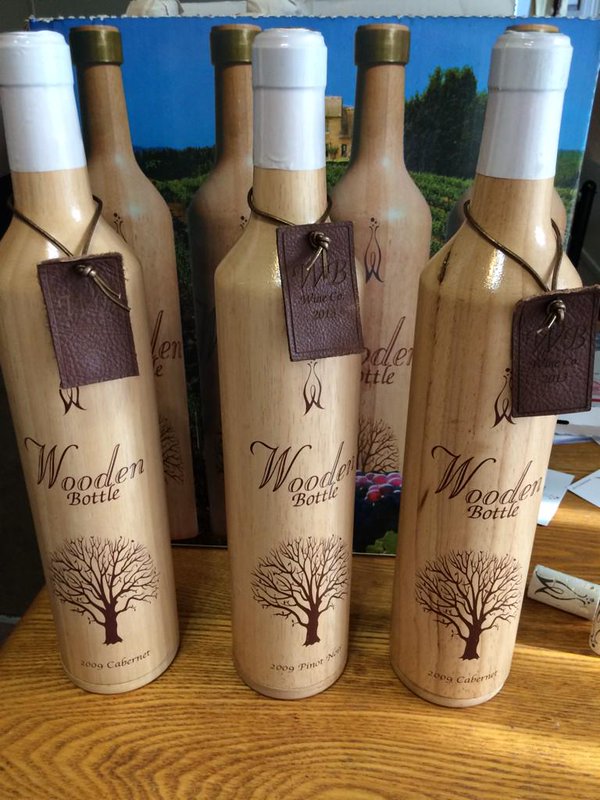

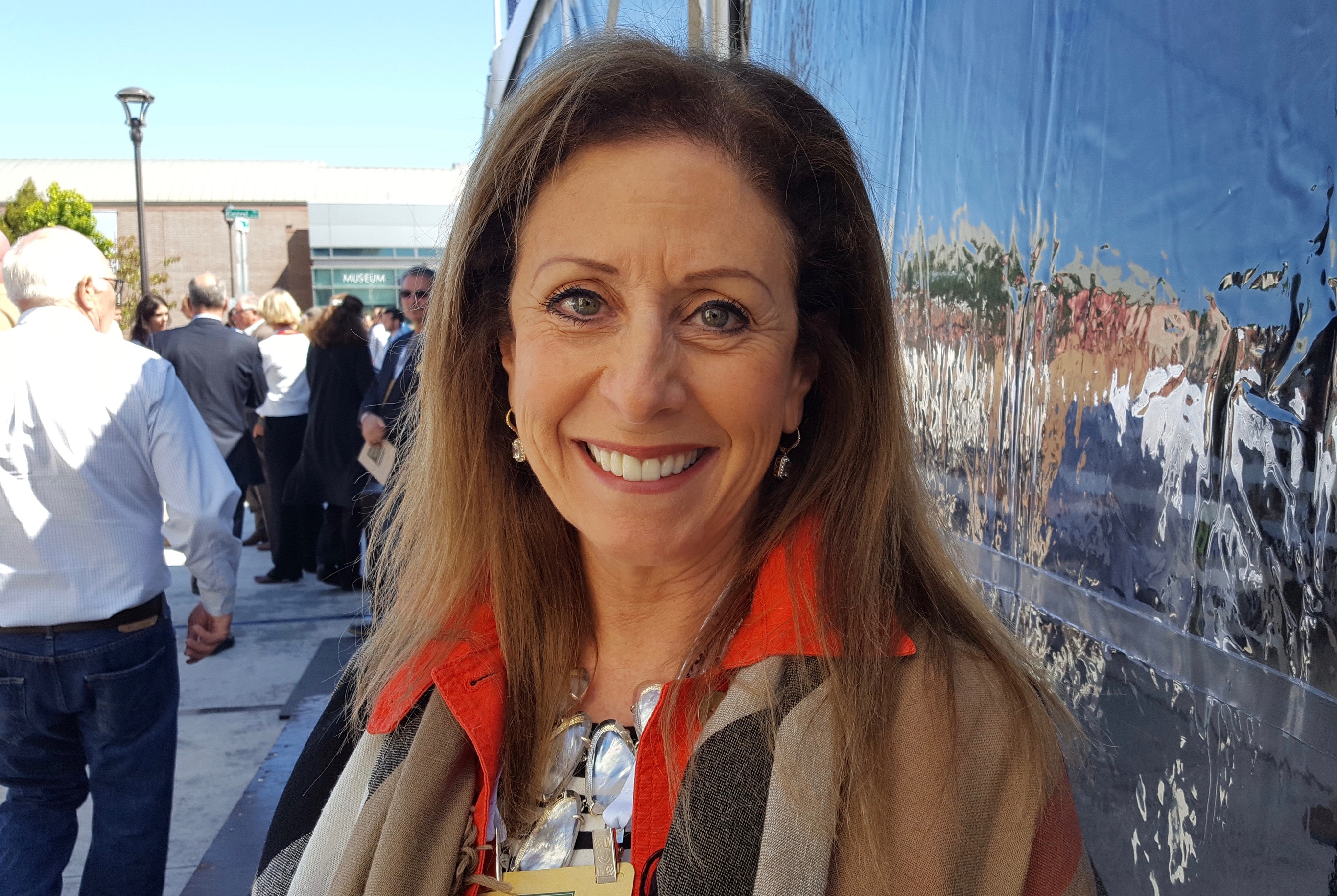


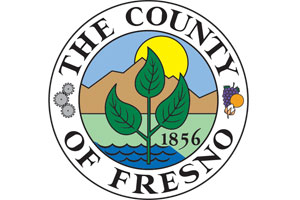


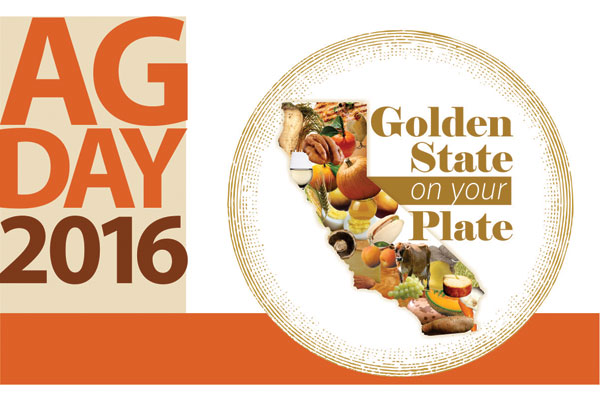
 “Our theme for this year’s Annual Ag Day at the Capitol is ‘Golden State on Your Plate,'” said Ross, “to h
“Our theme for this year’s Annual Ag Day at the Capitol is ‘Golden State on Your Plate,'” said Ross, “to h